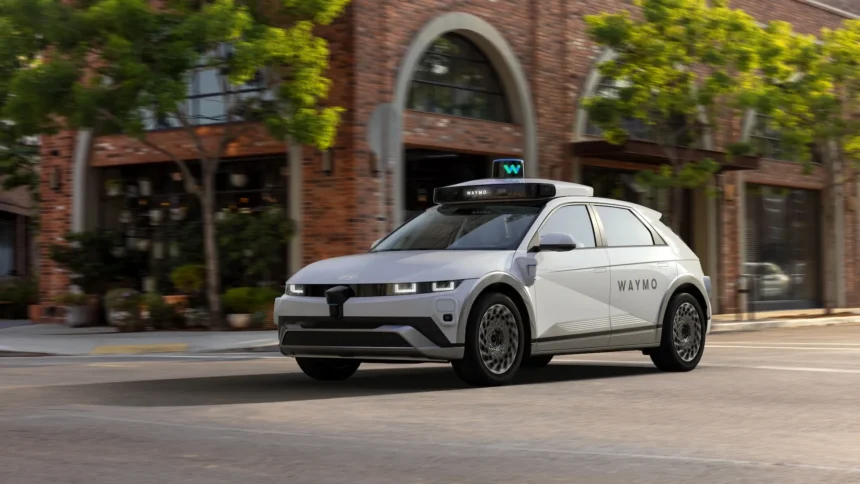Self-driving cars have been a dream for decades, promising a future where we can sit back and relax while our vehicles navigate the roads for us. However, despite what some automakers claim, there are no self-driving cars available for sale to consumers today. While there are limited hands-free driving systems on the market, they are considered Level 2 in terms of the six levels of autonomy defined by the Society of Automotive Engineers.
One of the most advanced systems currently available is Mercedes-Benz Drive Pilot, which is considered Level 3 autonomy. This system is legal in Nevada and California, allowing drivers to enjoy conditional autonomy on limited roads. However, it is important to note that the driver must remain alert and ready to take over at any moment.
In addition to Level 3 systems, several tech and car companies have launched Level 5 robotaxis in select cities. These vehicles can operate without a driver and have been tested in urban environments with varying degrees of success. While these robotaxis offer a glimpse into the future of autonomous driving, they are not yet widely available for consumers to purchase.
Many new cars on the market today come equipped with advanced driving assistance systems (ADAS) that fall into different levels of autonomy. From Level 0, which offers no driving automation, to Level 2, which provides automated steering and braking systems, there are a range of features available to help make driving safer and more convenient.
As technology continues to evolve, we can expect to see more advanced self-driving systems become available to consumers. However, it is important to be aware of the limitations and regulations surrounding these systems to ensure safe and legal use on the roads. While the idea of self-driving cars may seem like something out of a sci-fi fantasy, the reality is that we are still a long way from fully autonomous vehicles being a common sight on our roads. Self-driving cars have been a topic of much discussion and debate in recent years. According to the SAE definition, Level 3 cars will require drivers to intervene when the self-driving systems fail. However, this presents a safety problem for drivers who may rely too much on the systems and may not be prepared to take over in case of an emergency.
Automakers such as GM, Mercedes-Benz, and Tesla have already implemented systems in Level 4 cars that will stop the car if the systems fail, without requiring any driver interaction. This is a significant distinction from Level 3, where drivers are still required to take over in case of system failure. While Level 4 cars do not necessarily eliminate the option for human drivers, automakers have indicated that including self-driving features alongside traditional driver controls is redundant and costly.
Volkswagen Group has partnered with Mobileye to develop a Level 4 self-driving system that will be used in VW ID.Buzz robotaxis as early as 2026 in Germany and Texas. This system will utilize various software and hardware components, including high-performance computers, cameras, lidar units, and radar sensors. Despite the advancements in self-driving technology, a human will still be required to sit in the driver’s seat as a safety precaution.
Moving on to Level 5 autonomy, this is considered the ultimate goal for self-driving cars. At this level, the driver is completely removed from the equation, and the car is fully autonomous. While some Level 5 cars may still have traditional driver controls like steering wheels and pedals, they are essentially useless as the cars are not designed to be driven by people.
Achieving Level 5 autonomy is a significant challenge as it requires cars to navigate complex road conditions without human intervention. Companies like Waymo have launched robotaxis in select cities, offering autonomous transportation services to passengers. However, challenges remain in developing self-driving technology that can handle a wide range of driving scenarios, including bad weather and variable road conditions.
In conclusion, the journey towards fully autonomous self-driving cars is still ongoing, with automakers and tech companies making significant advancements in the field. While Level 4 cars offer a high level of autonomy, Level 5 represents the ultimate goal of completely driverless vehicles. As technology continues to evolve, the future of self-driving cars looks promising, but there are still hurdles to overcome before they become a common sight on the roads.







